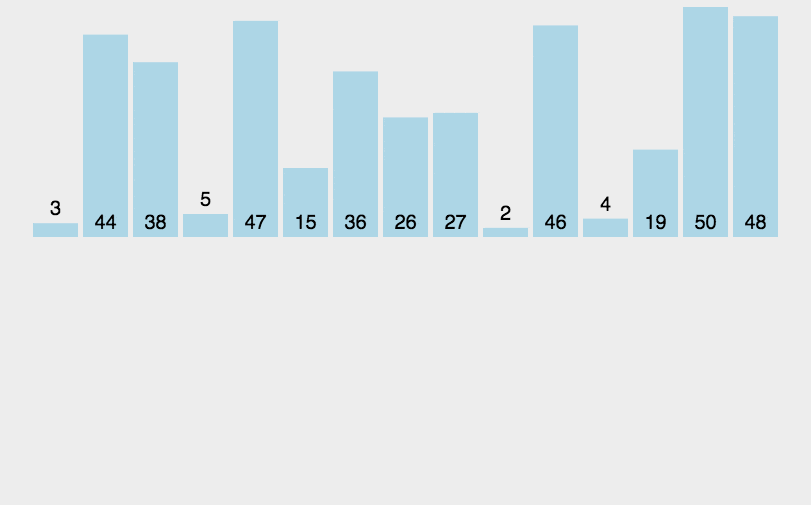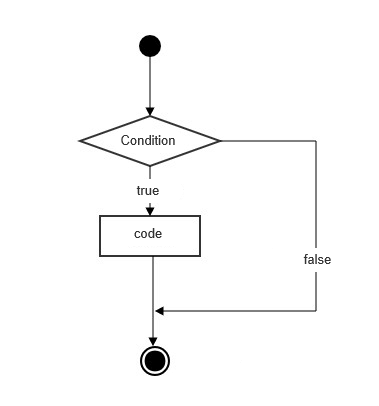Overengineering is a common issue in software development, especially when trying to apply design patterns and abstract concepts. It often leads to unnecessarily complex code, increasing maintenance costs and understanding difficulties. Below is an example demonstrating how overengineering can arise in solving a simple problem and how it can be simplified to avoid this issue.
Example of Overengineering
Suppose we need a feature to display a greeting message based on the user's language preference. Here is an overengineered solution:
from abc import ABC, abstractmethod class Language(ABC): @abstractmethod def get_greeting(self): pass class English(Language): def get_greeting(self): return "Hello!" class Spanish(Language): def get_greeting(self): return "¡Hola!" class GreetingService: def __init__(self, language): self.language = language def greet(self): print(self.language.get_greeting()) # Usage english = English() greeting_service = GreetingService(english) greeting_service.greet()
This example uses abstract base classes and inheritance, with each language having its own class implementation. While this approach may be suitable for more complex systems, it is clearly overengineering for this simple requirement.
Simplified Example
For a simple requirement, we can implement it in a more direct manner, avoiding unnecessary abstraction and complexity.
def greet(language):
greetings = {
"English": "Hello!",
"Spanish": "¡Hola!"
}
print(greetings.get(language, "Hello!"))
# Usage
greet("English")
greet("Spanish")In this simplified version, we use a dictionary to directly map languages to their corresponding greetings, avoiding complex class structures and interface designs. This approach is sufficient for the problem and easier to maintain.
A Slightly More Complex Example
Let’s consider a slightly more complex example involving a simple e-commerce system with product and order processing. We will compare an overengineered solution with a more simplified approach.
Example of Overengineering
In this example, we create multiple classes and interfaces to handle product storage and order processing. We use abstract classes and multiple interfaces to showcase a complex system design.
from abc import ABC, abstractmethod
# Abstract Product Class
class Product(ABC):
@abstractmethod
def get_price(self):
pass
# Concrete Product Class
class Book(Product):
def __init__(self, price):
self.price = price
def get_price(self):
return self.price
# Order Interface
class Order(ABC):
@abstractmethod
def process_order(self):
pass
# Concrete Order Class
class BookOrder(Order):
def __init__(self, product):
self.product = product
def process_order(self):
print(f"Processing order for a book priced at {self.product.get_price()}")
# Factory Method for Order Creation
class OrderFactory:
@staticmethod
def create_order(product_type, price):
if product_type == "book":
return BookOrder(Book(price))
raise ValueError("Unknown product type")
# Usage
order = OrderFactory.create_order("book", 10)
order.process_order()In this case, we’ve designed a complex system with abstract classes for products and orders, concrete implementations, and a factory class for order creation. While this provides flexibility for future expansion, it may be excessive for current needs.
Simplified Example
Here’s a simpler solution that uses fewer classes and a more direct approach to handle the same functionality.
# Simple Product and Order Processing
def process_order(product_type, price):
if product_type == "book":
print(f"Processing order for a book priced at {price}")
else:
raise ValueError("Unknown product type")
# Usage
process_order("book", 10)In this simplified version, we don’t use abstract classes, interfaces, or the factory pattern. Instead, we define a function to directly process the order. This approach is sufficient for the current requirements and is easier to understand and maintain.
Conclusion
The complexity of design should be based on current and anticipated future needs. In many cases, a simpler design can meet the requirements more effectively, reducing development and maintenance costs. Overengineering can make the code difficult to understand and maintain, particularly when team members or requirements change frequently. Proper simplification can enhance development efficiency and the maintainability of the system.



